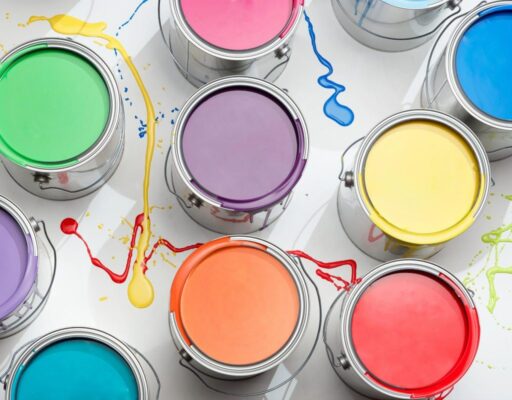Unknown to many, exterior water based paint actually outshine solvent based Polyurethane (or PU) in term of anti UV, flexibility, water resistant and anti fungal.
Compared to PU, exterior water based has stronger anti UV properties to prevent discoloration from the prolong exposure to ultra violet light of sun light. At the same time, it also posses extra flexibility to avoid cracking and feeling due to extreme cold and extreme hot temperature. Where PU coating is harder and less flexible to the expansion and retraction of wood due to the change of the temperature; exterior water based is much more flexible to expand and retract along with the wood. With a better flexibility, water based will not cracks and peel off as fast as PU. As a results, it is also able to protect wood from heat, heavy rain and humid weather longer.

All Nanochem water-based paint product lines meet the best safety standards. In addition, compared to solvent coatings, the quality also has outstanding advantages. In this article, Nanochem will share with you the outstanding advantages of water-based coatings compared to solvent coatings.
The difference between water-based wood paint and traditional solvent paint
Chemically, the process of paint film formation (curing) takes place through two mechanisms. The paint film changes from liquid to solid due to the evaporation of the solvent (thinner) in the paint and the reaction between the polymer and the hardener (hardener). Therefore, it can be seen that in one-component coatings, the formation of paint film is due to solvent evaporation. Some one-component paints include water-based Epoxy paint, water-based PU paint, acrylic-based paint, or even one-component solvent paint.
All Nanochem water-based paint products meet the best safety standards. In addition, compared with solvent-based paints, the quality also has outstanding advantages. In this article, Nanochem will share with you the outstanding advantages of water-based coatings compared to solvent-based coatings.
The difference between water-based wood paint and traditional solvent paint
Chemically, curing takes place by two mechanisms. The paint film changes from liquid to solid due to the evaporation of the solvent (thinner) in the paint and the reaction between the polymer and the hardener (hardener). Therefore, it can be seen that in single-component coatings, the formation of the paint film is due to the evaporation of the solvent. Some one-component paints can be mentioned as water-based epoxy paints, water-based PU paints, acrylic-based paints, or even single-component solvent paints.

In addition, two-component solvent-based coatings often have a film-forming mechanism that is solvent evaporation and polymer-hardener reaction. The most common two-component paints are PU and Epoxy. It is because of this fundamental difference that the construction methods of these two are different, and the advantages of water-based paints are over solvent paints.
In the application method, the one-component coating is already prepared, in the process of use, there is no need to mix, however, two-component coating is recommended to be mixed and used in a certain ratio. , and they can hardly be preserved after the period of use and mixing.
Advantages of water-based wood paint.
Safety and protecting the health of workers and consumers
In solvent paint formulations, the dry solids content is about 25%, and most of the remainder will be these organic solvents. Common organic solvents are toluene, xylene and trimethylbenzene.
These organic compounds are usually very volatile, and at room temperature and pressure they can easily change from a liquid to a gaseous state – the common name for these compounds is VOC. Volatile organic compounds are toxic organic compounds, and inhalation of them frequently in closed, small and poorly ventilated work environments can cause serious long-term health effects, especially especially carpenters and factory workers who directly manufacture these products.


 中文 (中国)
中文 (中国) Tiếng Việt
Tiếng Việt